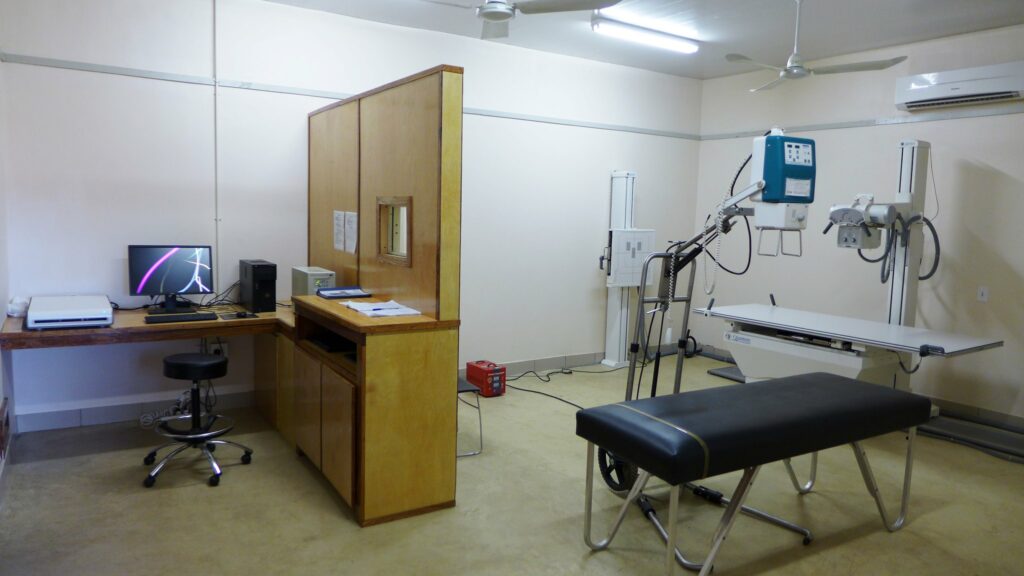While they might be cleaned regularly, floors in hospital rooms can (and frequently do) quickly get contaminated with antibiotic-resistant bacteria. This process happens mere hours after patient admission, according to a new study. This creates a route through which patients can be exposed to potentially dangerous organisms.

Floors aren’t often given the same care as surfaces that patients or health care workers regularly touch, such as bed rails and various buttons. In many cases, floors aren’t cleaned when new patients are admitted to hospital rooms unless they’re visibly dirty or soiled. This can create health problems across the hospital, previous studies have found.
“If bacteria stayed on floors this wouldn’t matter, but we’re seeing clear evidence that these organisms are transferred to patients, despite our current control efforts,” said Curtis Donskey, co-author of the study. “Hand hygiene is critical, but we need to develop practical approaches to reduce underappreciated sources of pathogens.”
A team of researchers from the Northeast Ohio VA Healthcare System tracked contamination levels in 17 hospital rooms with newly-admitted patients to study how and how fast these could transfer to the patients. Before testing, the rooms were cleaned and sanitized, with all patients screened for healthcare-associated bacteria (and found negative).
For the study, the researchers looked at the interactions between patients and healthcare workers and portable equipment. They collected samples one to three times per day from patients, their socks, beds, and other often-touched surfaces, as well as key sections of the floor that could have been contaminated.
Almost half the rooms tested positive for methicillin-resistant Staphylococcus aureus (MRSA) in the first 24 hours. At the same time, vancomycin-resistant enterococci (VRE) pathogens were identified in 58% of patient rooms within four days of admission. The contamination spread from the floors to other surfaces, the findings showed.
“While we’re showing that these scary-sounding bugs can make their way into a patient’s room and near them, not everyone who encounters a pathogen will get an infection,” said Sarah Redmond, lead author of the study. “With that in mind, are there simple ways to address these areas of exposure without placing too much emphasis on the risk?”
The researchers had reported similar findings in a previous study in August, explaining that SARS-CoV-2 nucleic acid (genetic material) was frequently identified on floors and on the shoes of personnel on a COVID-19 ward. Still, they said further research is needed to clarify the role of floor contamination in the transmission of both bacterial and viral pathogens and to identify ways to address contamination.
The study does however have a set of limitations. This included a small sample size and variables in characteristics among patients and healthcare personnel that may affect how applicable the study findings are to other hospitals, among others
The study was published in the journal Infection Control & Hospital Epidemiology.









